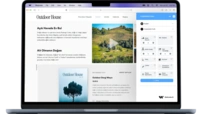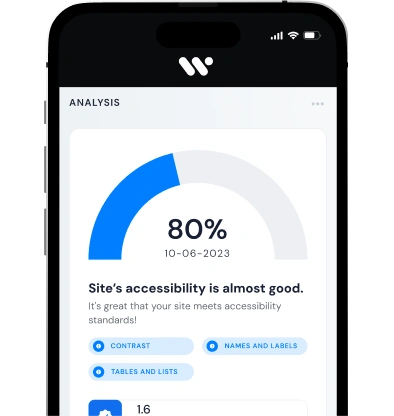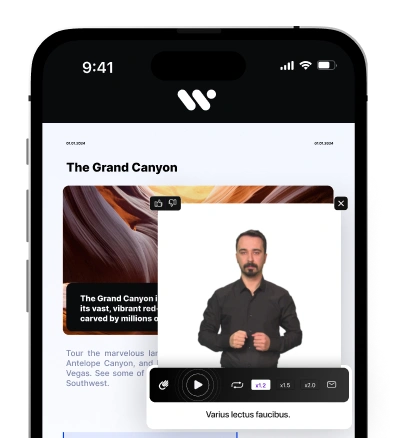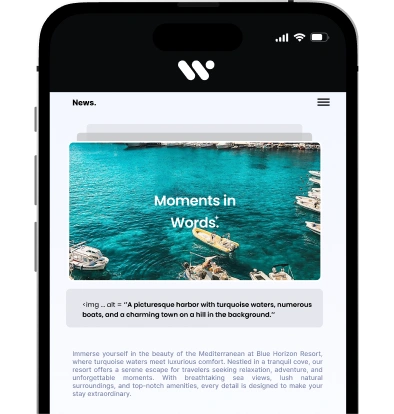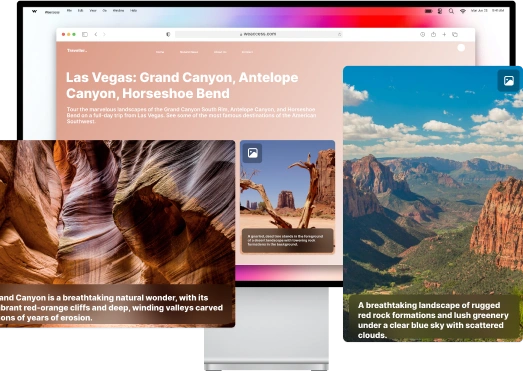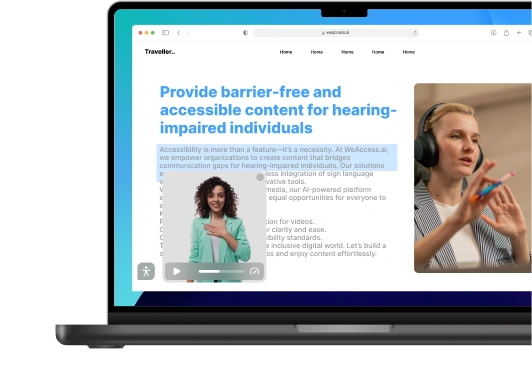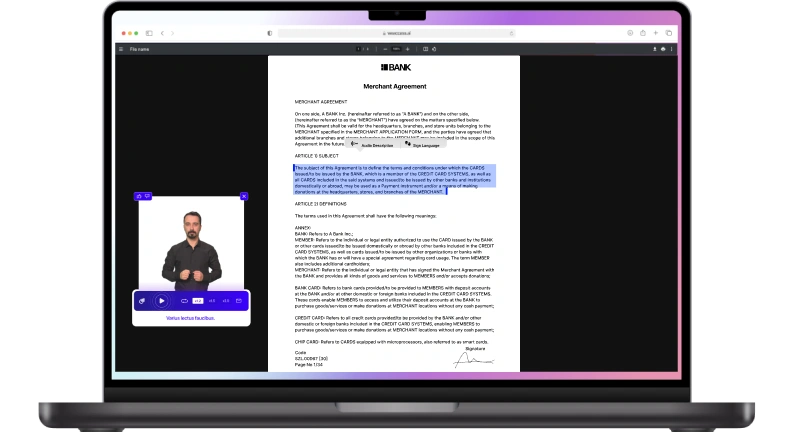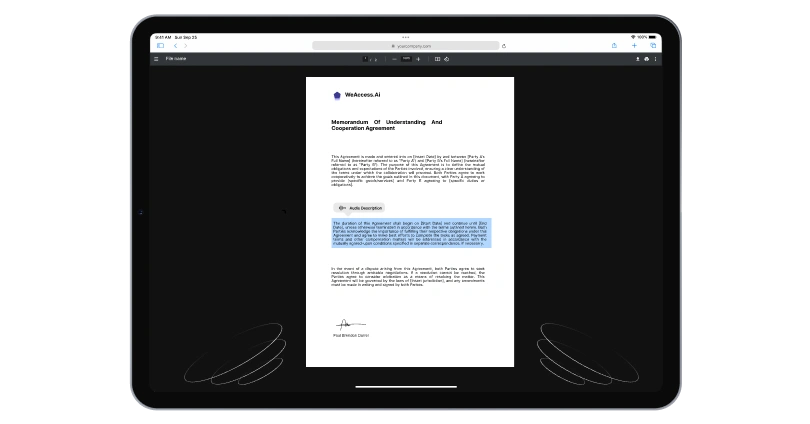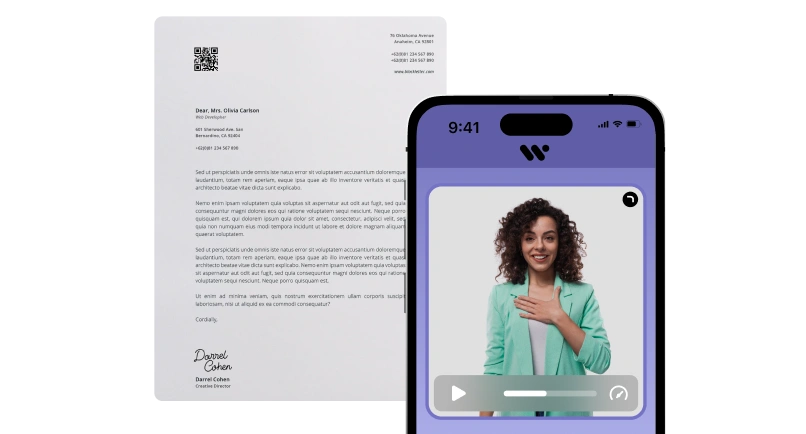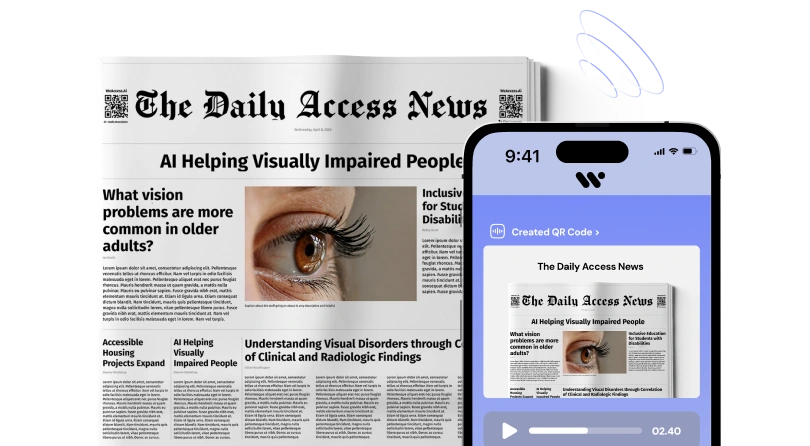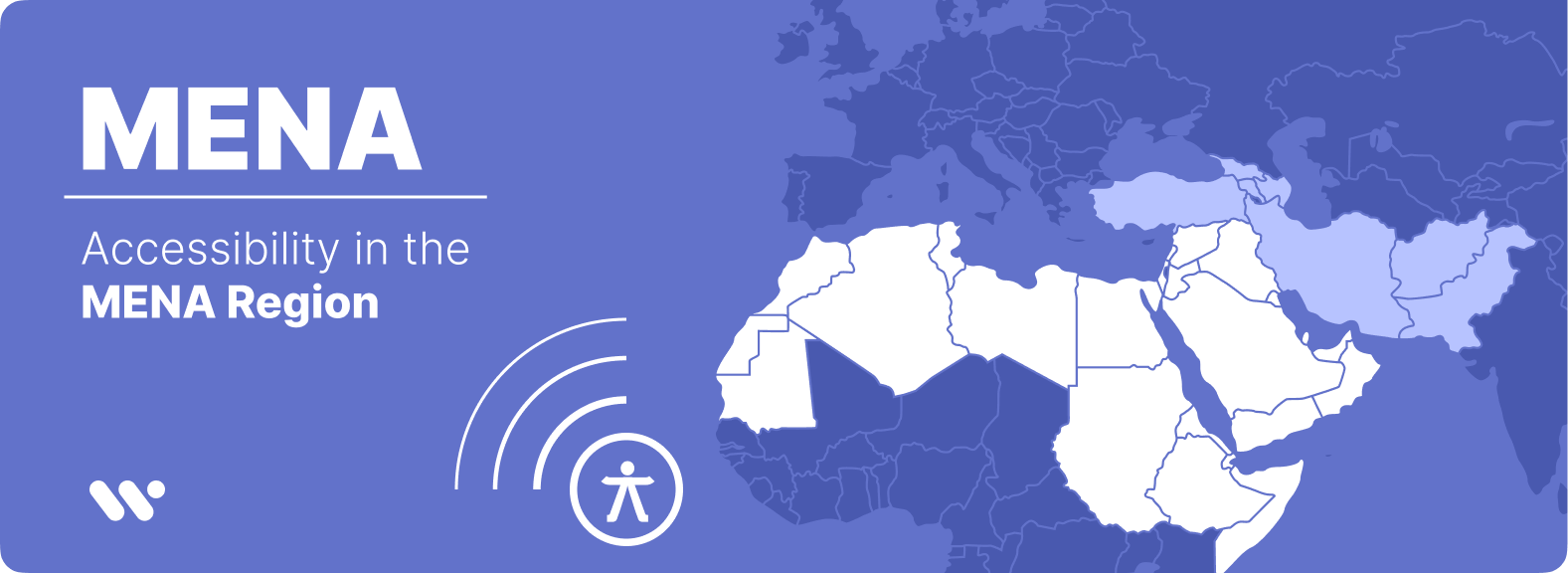Enhancing Internet Accessibility in the MENA Region
What is the current state of internet accessibility in the MENA region?
Internet accessibility in the MENA region faces various challenges, particularly in countries like Kuwait and Qatar. Limited infrastructure, high costs, and low digital literacy rates hinder widespread access to digital services for many individuals in these nations. On the contrary, Saudi Arabia has been actively implementing initiatives for digital inclusion, aiming to bridge the accessibility gap and empower its population with essential digital skills.
The impact of internet accessibility on economic recovery cannot be overstated. Access to digital services enables businesses to reach broader markets, enhances communication channels, and facilitates remote work opportunities, which are crucial during times of crisis such as the ongoing pandemic.
How is digital transformation driving internet accessibility in the MENA region?
The United Arab Emirates has played a pivotal role in promoting digital accessibility across the MENA region. By implementing inclusive practices and innovative technologies, the UAE serves as a model for other countries in enhancing internet accessibility. Moreover, examples of inclusive practices in the Middle East and North Africa showcase the region's commitment to ensuring accessibility for all individuals, including those with disabilities.
Lebanon has also been striving to enhance internet accessibility by investing in digital infrastructure and promoting digital literacy among its population. These efforts are essential in enabling individuals to fully participate in the digital economy and improve their overall quality of life.
What are the key initiatives for improving accessibility in the MENA region by 2024?
Plans are underway for the establishment of a regional accessibility center in the MENA region, which will serve as a hub for promoting digital inclusion and enhancing internet accessibility. Countries such as Saudi Arabia and Qatar have taken significant steps towards digital inclusion by implementing policies and programs that aim to make digital services more accessible to all individuals.
Collaborative efforts among MENA countries are crucial for achieving Accessibility 2.0, a new phase of digital accessibility that focuses on not only increasing internet accessibility but also improving digital skills and knowledge among the population. By working together and sharing best practices, countries in the MENA region can create a more inclusive and accessible digital environment for all.
Mena Zone Accessibility Guidelines
Mena Zone Accessibility Guidelines focus on improving internet accessibility and digital skills within the East and North Africa region. The guidelines include a comprehensive web accessibility checklist, web accessibility training, and web accessibility tools for disabled individuals. By increasing internet accessibility and improving digital literacy, the region can shift employment and drive the digital transformation.
Furthermore, the guidelines highlight the importance of accessibility in web development and provide examples of web accessibility standards 508 and web accessibility software. Web accessibility testing checklists and web color accessibility are also emphasized to ensure web page accessibility for all. Civil society and web accessibility experts can collaborate to deploy these accessibility policies and foster unequal access to the internet.
Improving Web Access in Mena
Improving web access in MENA is crucial for the region to shift employment and education online. The introduction to web accessibility guidelines 2.2 can help countries in the Middle East, such as the United Arab Emirates, Morocco, and Lebanon, make the digital transformation. By increasing internet accessibility, tech companies and migrant workers can benefit from web accessibility examples and improve their digital skills. The web accessibility directive and web based remote access can also play a key role in making the region inclusive and rights of persons with disabilities. The World Bank advocates for a shift in terms of internet availability and digital literacy, arguing that this will empower individuals and promote economic growth across the region.
User-Friendly Mena Zone Websites
User-Friendly Mena Zone Websites focus more on making online platforms accessible to everyone, regardless of their digital skills. According to the World Web Accessibility Initiative, increasing internet accessibility helps countries like the United Arab Emirates, Lebanon, Oman, Bahrain, Sudan, and Palestine reach their full potential in the digital age. Web Accessibility Guidelines 2.2 and Design Thinking play a vital role in ensuring meta’s are inclusive and user-friendly. By 2025, 50 percent of the workforce development relies on information and communication technologies. Policy makers need to focus on improving web readiness in these countries, where broadband penetration in the GCC has made people more tech-savvy.
Offering in-person training and workshops can help individuals in these regions enhance their digital skills and keep up with the changing online landscape. Alexander Farley and Manuel Langendorf argue that improving accessibility is not just a matter of convenience, but a necessity in the digital age. The Convention on the Rights of Persons with Disabilities also emphasizes the importance of digital inclusion for all individuals.




